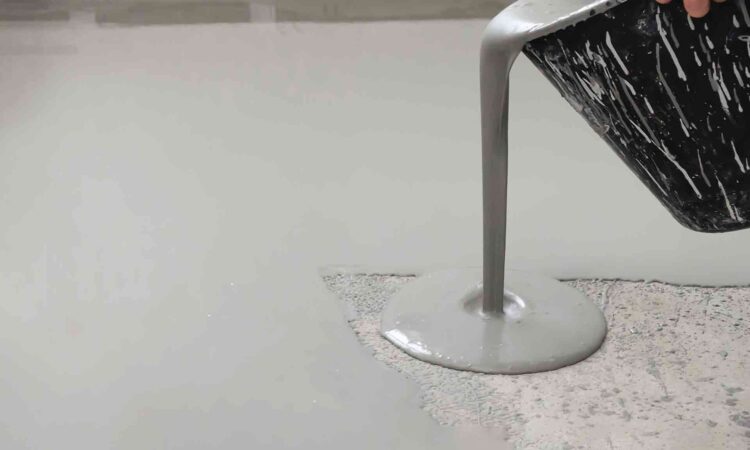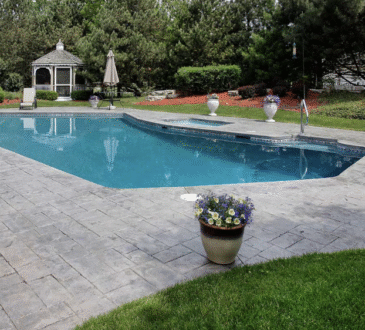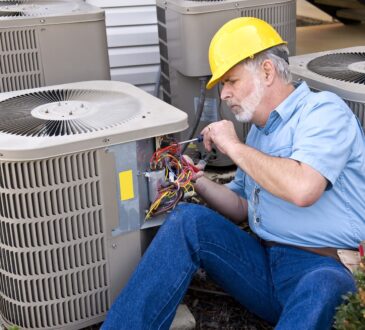
When it comes to achieving a flawless floor finish, one of the most critical yet often overlooked components is the floor screed. Whether you’re constructing a new building or renovating an old space, a smooth, level subfloor is essential for both aesthetics and structural integrity. That’s where floor screeds play an indispensable role.
In this guide, we’ll break down everything you need to know about floor screeds, including their purpose, types, benefits, and key considerations when selecting and applying them.
What Is a Floor Screed?
A floor screed is a layer of material—typically a mixture of cement, sharp sand, and water—applied over a concrete subfloor. Its purpose is to create a smooth, level surface upon which final floor finishes such as tile, wood, vinyl, or carpet can be laid. Floor screeds are also commonly used to cover underfloor heating systems, providing a protective layer that ensures even heat distribution.
Unlike concrete, which is generally used for structural foundations, screed is used for leveling and finishing. It’s thinner, more precise, and designed to be the intermediary layer between a rough base and the visible floor finish.
Why Floor Screeds Matter
Though hidden beneath your final flooring, screeds are crucial for several reasons:
- Ensures a Level Finish
No matter how beautiful your floor tiles or wood planks are, they won’t sit right without a level base. Screeds fill in uneven areas, dips, and imperfections in the subfloor.
- Enhances Durability
By creating a stable and even foundation, screeds extend the lifespan of your floor finish. They prevent cracking, lifting, and other issues that can occur over time.
- Ideal for Underfloor Heating
Screeds encapsulate heating pipes or cables in underfloor heating systems, allowing for even heat spread and protecting the system from damage.
- Smooths Out Surface Irregularities
Older buildings often have warped or uneven subfloors. Applying a screed can correct those imperfections without the need for major structural work.
Types of Floor Screeds
While the general purpose of all screeds is to level a subfloor, there are different types available to suit various applications:
- Traditional Sand and Cement Screed
This is the most common type, typically applied manually. It’s mixed on-site using a standard cement-to-sand ratio and is suitable for most flooring installations.
- Liquid or Flowing Screeds
These are easier to apply over large areas and offer a more consistent finish. They’re particularly useful for covering underfloor heating systems.
- Polymer-Modified Screeds
These are enhanced with polymers to improve flexibility and bonding strength. They’re ideal for areas exposed to heavy use or thermal movement.
- Fast-Drying Screeds
For projects that require quicker turnaround times, fast-drying variants allow foot traffic or further flooring work to commence sooner.
What is Self Levelling Screed?
Self Levelling Screed is a type of screed formulated to flow easily and settle into an even, level surface without the need for extensive manual spreading. Unlike traditional screeds that require significant labor to apply and level, self-levelling screeds naturally smooth themselves out once poured.
They’re particularly useful in environments where a perfectly flat surface is essential, such as healthcare facilities, commercial kitchens, or industrial settings. Self levelling screeds can be applied in thin layers (as low as 3mm) and are often used in refurbishment projects where correcting uneven surfaces is a priority.
Benefits of Using Self Levelling Screed
- Speed and Ease of Application
Because it flows and levels itself, the application process is faster and less labor-intensive compared to traditional screeds.
- High Accuracy
It provides an ultra-flat and level surface, making it ideal for floors that require a flawless finish.
- Reduced Thickness
Self levelling screeds can be laid thinner than traditional screeds while still maintaining strength and durability.
- Improved Efficiency
In commercial projects where time is money, using self-levelling screed can help stick to tight deadlines.
Self Leveling Screed: A Game-Changer in Modern Flooring
The spelling variation between “levelling” and “leveling” is mainly regional—“levelling” is more common in British English, while “leveling” is typically used in American English. Regardless of spelling, Self Leveling Screed refers to the same high-performance product that ensures optimal flatness and finish.
In addition to new builds, self leveling screeds are widely used in renovations, especially when upgrading floors in older homes or commercial spaces. Because they can compensate for significant undulations and imperfections in the subfloor, they eliminate the need for time-consuming grinding or repair work beforehand.
How to Apply Floor Screed: Step-by-Step
Here’s a simplified overview of the floor screed application process:
Step 1: Surface Preparation
- Remove debris, grease, and dust from the subfloor.
- Fill any cracks or holes.
- Prime the surface for better adhesion.
Step 2: Mixing
- For traditional screeds, mix cement and sand in the correct ratio.
- For self levelling screeds, use manufacturer-recommended proportions and mixing methods.
Step 3: Application
- Pour the screed evenly over the surface.
- For traditional screeds, use a trowel or screeding bar to level manually.
- For self levelling screeds, allow the material to flow and settle naturally. Use a smoothing tool to help spread it if needed.
Step 4: Curing
- Allow the screed to cure fully before proceeding with the final flooring installation.
- Protect the area from foot traffic and moisture during this period.
Common Mistakes to Avoid
- Poor Surface Prep: Failing to clean or prime the surface can lead to bonding failure.
- Wrong Mixing Ratio: Too much water can weaken the screed and result in cracking.
- Inadequate Drying Time: Rushing the curing process may compromise the integrity of the floor.
- Ignoring Moisture Levels: Excess moisture in the subfloor can cause long-term damage if not addressed.
Choosing the Right Screed for Your Project
When selecting a screed, consider the following factors:
- Project size and scope
- Type of final floor covering
- Need for speed in application and drying
- Environmental factors like moisture and temperature
- Whether underfloor heating is involved
Consulting with experts or choosing a reputable supplier like Polycote ensures you get the right screed for your specific needs, along with technical guidance.
Why Polycote?
Polycote offers a wide range of screeding products, including traditional, rapid-set, and advanced self levelling screeds. Their solutions are trusted across industries for delivering durable, professional-grade results in both residential and commercial settings.
With decades of experience, Polycote provides not only quality products but also unmatched technical support and application advice.
Final Thoughts
A well-applied floor screed is the unsung hero behind every flawless floor. Whether you’re renovating a home, fitting out a showroom, or laying industrial flooring, the right screed makes all the difference.
Choosing between traditional and Self Levelling Screed depends on your specific project needs, timeline, and floor covering. No matter the choice, always opt for high-quality materials from trusted suppliers like Polycote to ensure long-lasting performance and peace of mind.



